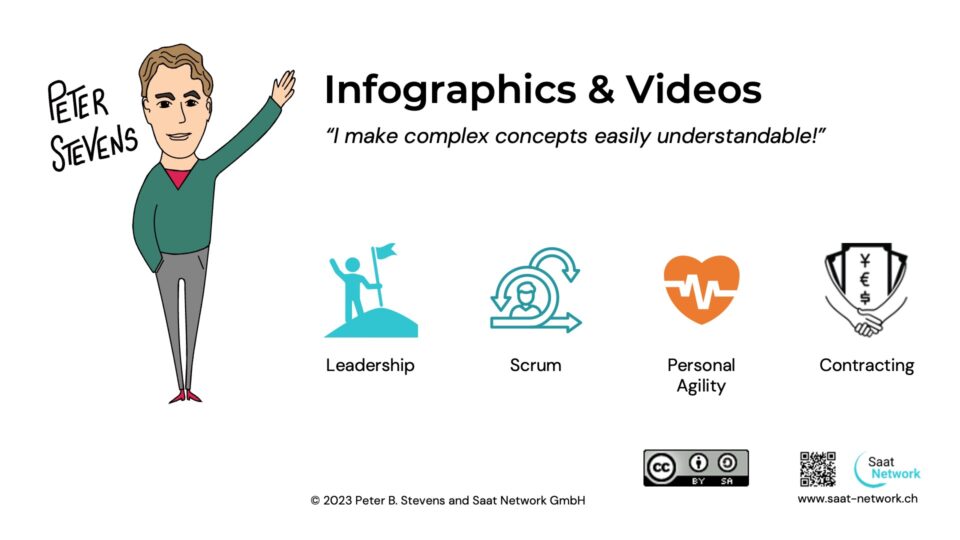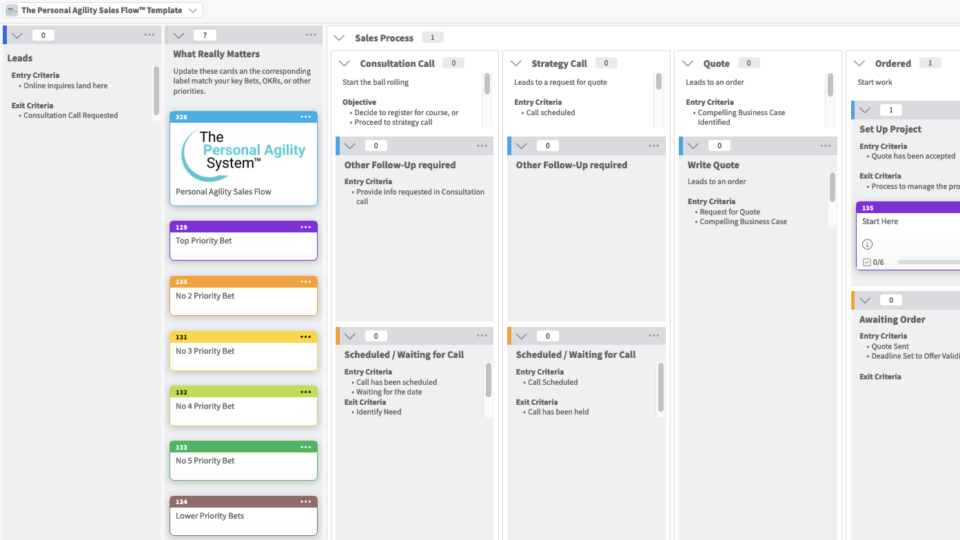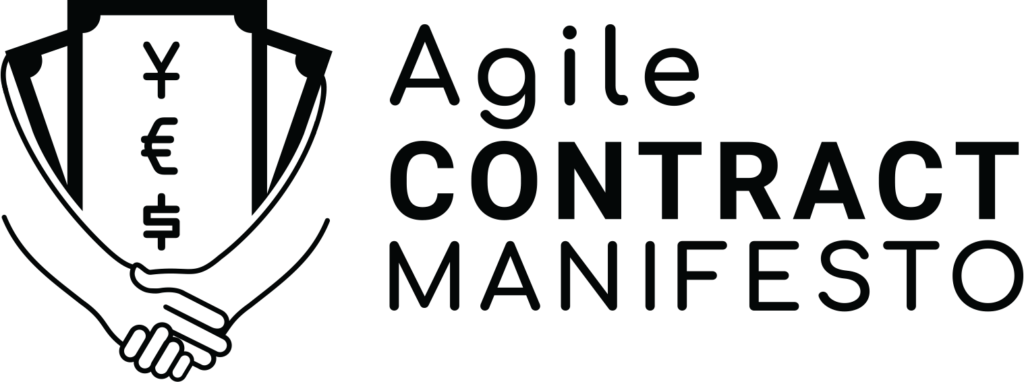
Deep-Dive into the Agile Contract Manifesto (Part 4/4)
31-03-2022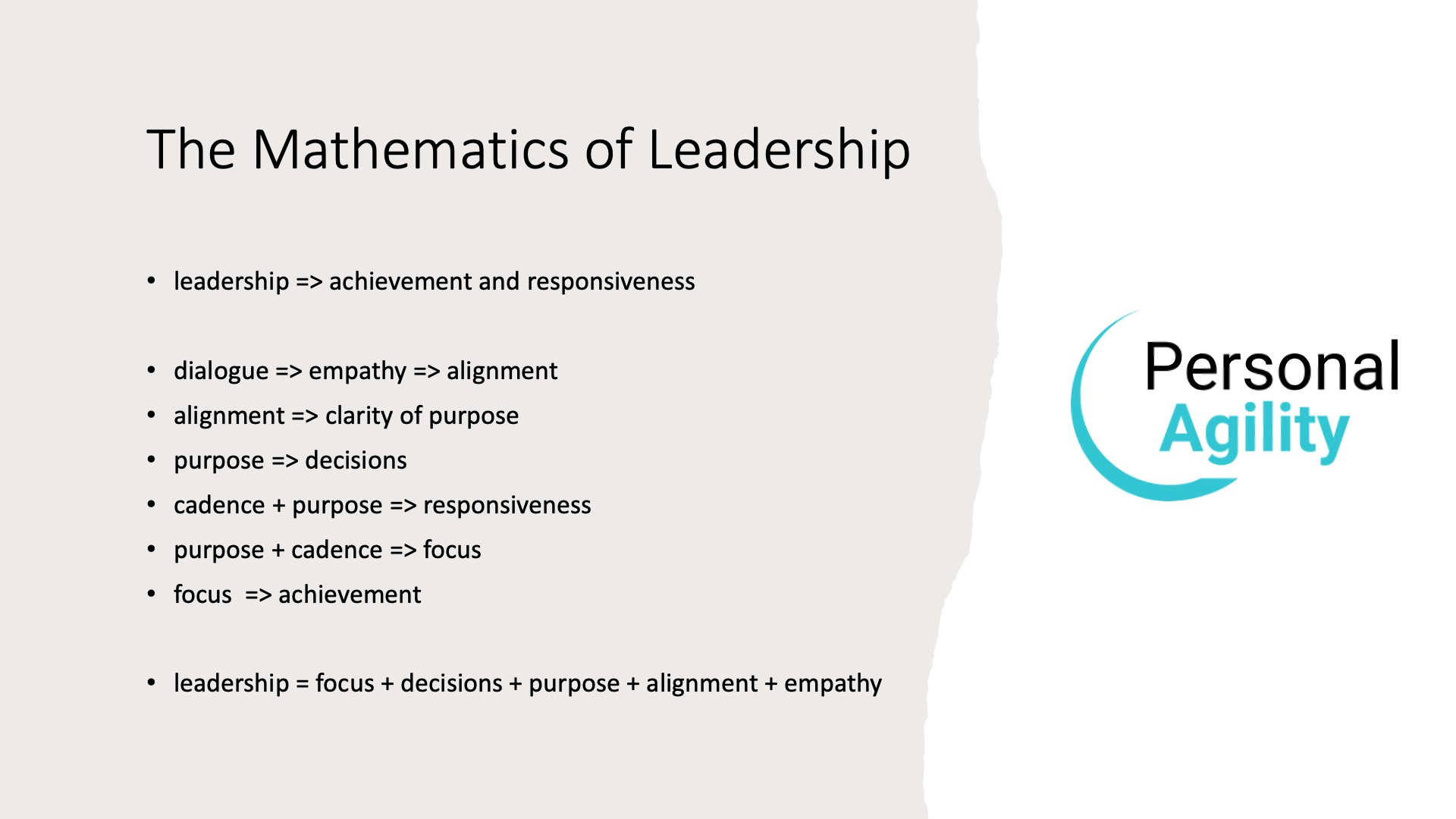
The Mathematics of Personal Agility
21-07-2022The agile movement has no positive message to offer company leadership. Because Agile transformation is often not about things executives care about, these transformations are very low on the executive priority list. Until we fix this, agility will not be a high priority. The Personal Agility System brings genuine benefit to executives: Executive Agility. Let’s look at why and how this works to show the potential benefits of embracing agility to the executives themselves.

I recently attended a meetup presentation given by a senior transformation leader of well-known organization that is transforming themselves. They highlighted the challenges executives face: An agile transformation is about giving up responsibility. They have to find a new role, without any clarity about what that new role is. Implicit is a loss of status, power and influence, with a corresponding risk of executive pay cuts.
At another event, another transformation leader of a large, well-known company: “why is your company doing an agile transformation?” “To improve employee satisfaction and customer satisfaction,” they answered. How important are these topics to your executives? Since these are typically not a significant factor in the executive’s bonus, their commitment is somewhere between giving lip-service and none at all.
What does agility offer to leadership personally? Until now, very little. Scrum, Kanban, SAFe, and most if not all other agile frameworks all about teams producing stuff. But most managers and executives are not part of a team that produces stuff. They are accountable for teams and their results, but they not part of the teams.
Senior executives are especially vulnerable: they are like likely to be in competition with each other and serve at the whim of their boards. What does an agile transformation offer them? Loss of power, loss of influence, turning them into coaches, and probably a loss of income. Why exactly do they want to go there?
What agility offers executives
Agility is ultimately about “uncovering better ways” of doing what we do. This is useful in almost any endeavor that deals with complex situations, e.g. leadership. The purpose of an agile transformation — from a business or executive point of view — is to create more value sooner. Agility has a lot to offer managers and executives, and I believe that the Personal Agility System offers a great response to this challenge.
PAS builds on simple, learnable skills — purpose, celebration, choice, cadence and dialogue — to enable leadership and self-leadership at any level. When everyone is trained in leadership, anyone can step up to the plate when needed.
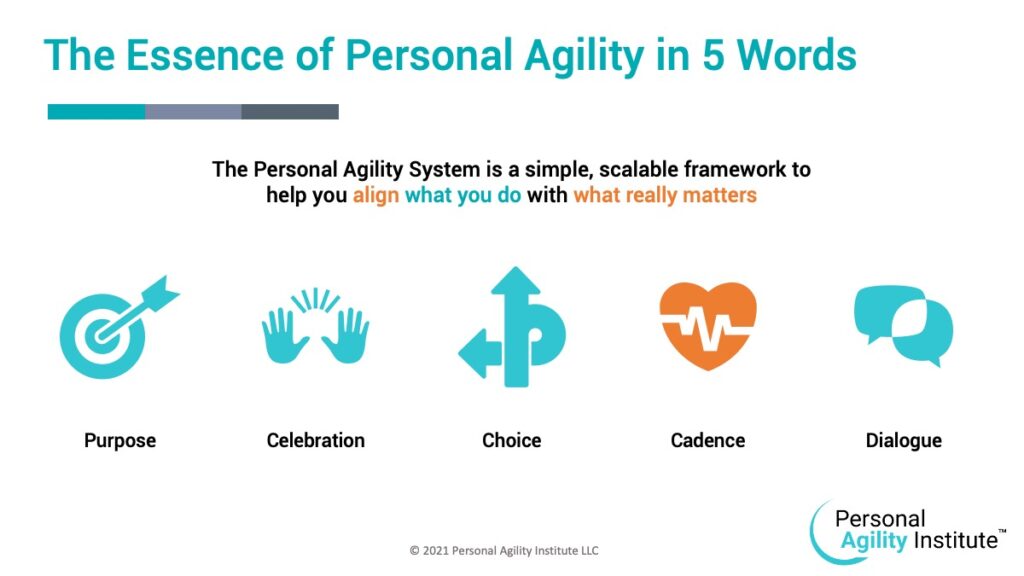
Cadence is about inspection and adaption at regular intervals. Set clear, achievable goals over a short time-frame, then limit the number of goals on parallel so they can be achieved in that time-frame. Repeat. In some form or another cadence is present in XP, Scrum, Kanban, and of course, PAS. It think this represents a kind of digitalization of leadership that enables substantially higher performance.
Dialogue is the skill of asking clarifying and powerful questions, and really listening to the answers. While it is used by coaches, I think it is important to distinguish between the skill and the profession. Not everyone who uses the skills will become a coach, but dialogue skills are essential for leadership.
What capabilities emerge when you apply PAS?
I believe PAS is the first framework to consider emergence a thing to be guided and managed. Systems thinking is close, but my understanding (which could be wrong) is that systems thinking is more about causality chains than relationships and interactions — Forces as we call them in Personal Agility. PAS is aware of emergence and seeks to shape it though interactions.
One of the first reported benefits to emerge out of Personal Agility was kindness. PAS teaches you to ask clarifying questions to yourself, and then to listen to the answers. You realize you are doing the best you can. You develop empathy with yourself.
When you apply the same techniques to others, you get empathy. In fact, what I call alignment trust — “I listen to you, you listen to me, and we care about what the others has to say (even if we don’t agree or have a different perspective” — is really just a synonym for empathy. So empathy emerges out of our approach to dialogue.
Many key capabilities of leadership are not skills or personal characteristics, but rather emerge from how you do things. For example, Kindness and empathy are not ingredients of Personal Agility, but by asking yourself powerful, clarifying questions, you develop more empathy for yourself and your situation.
Empathy is a prerequisite for building alignment among your stakeholders about what really matters. This agreement in turn enables both focus and decisiveness. You can take decisions, then implement those decisions without political resistance.
The skills of leadership — Empathy, Alignment, Focus and Decisiveness — emerge from Personal Agility.
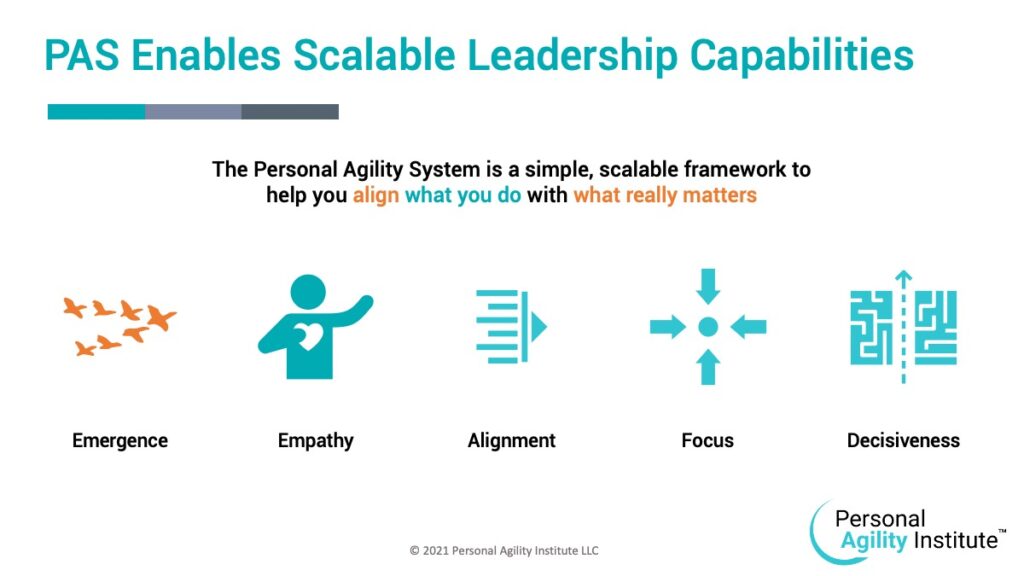
Alignment, focus and decisiveness have proven to be very hard to do for most companies. Problems fester, decisions get pushed back. The organization is not able to learn or react.
Personal Agility connects the dots to enable leaders and their organizations to become more effective. Both individually and collectively.
Personal Agility is a simple yet powerful leadership framework. It enables anybody in the company to take responsibility for what they do and how it fits into the bigger picture. In the hands of executive, it helps them to have more impact and create more successful organizations.


